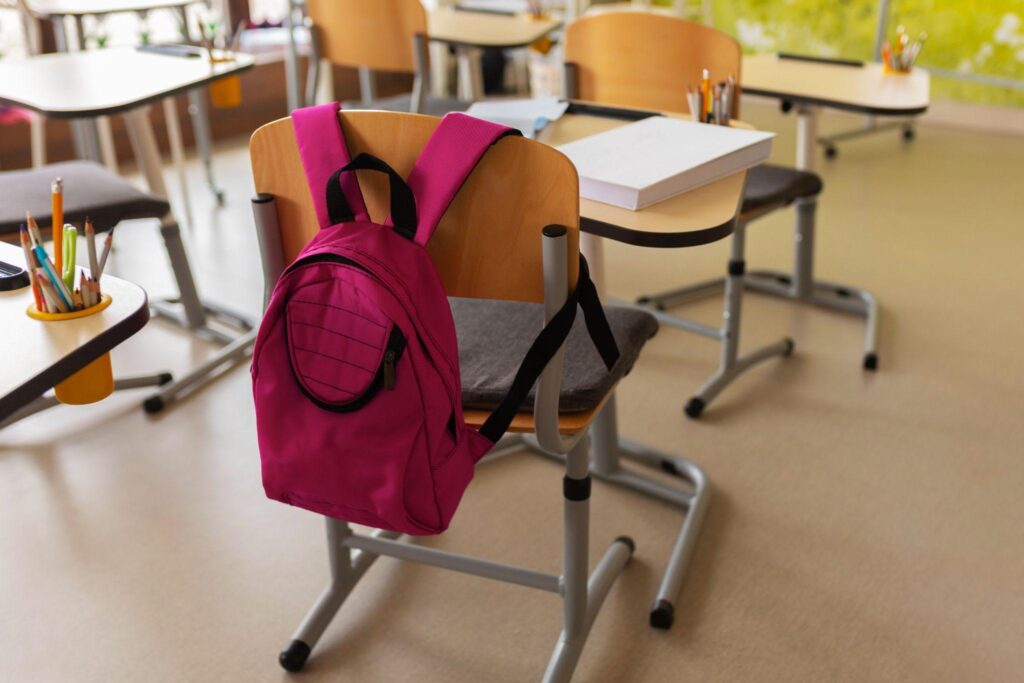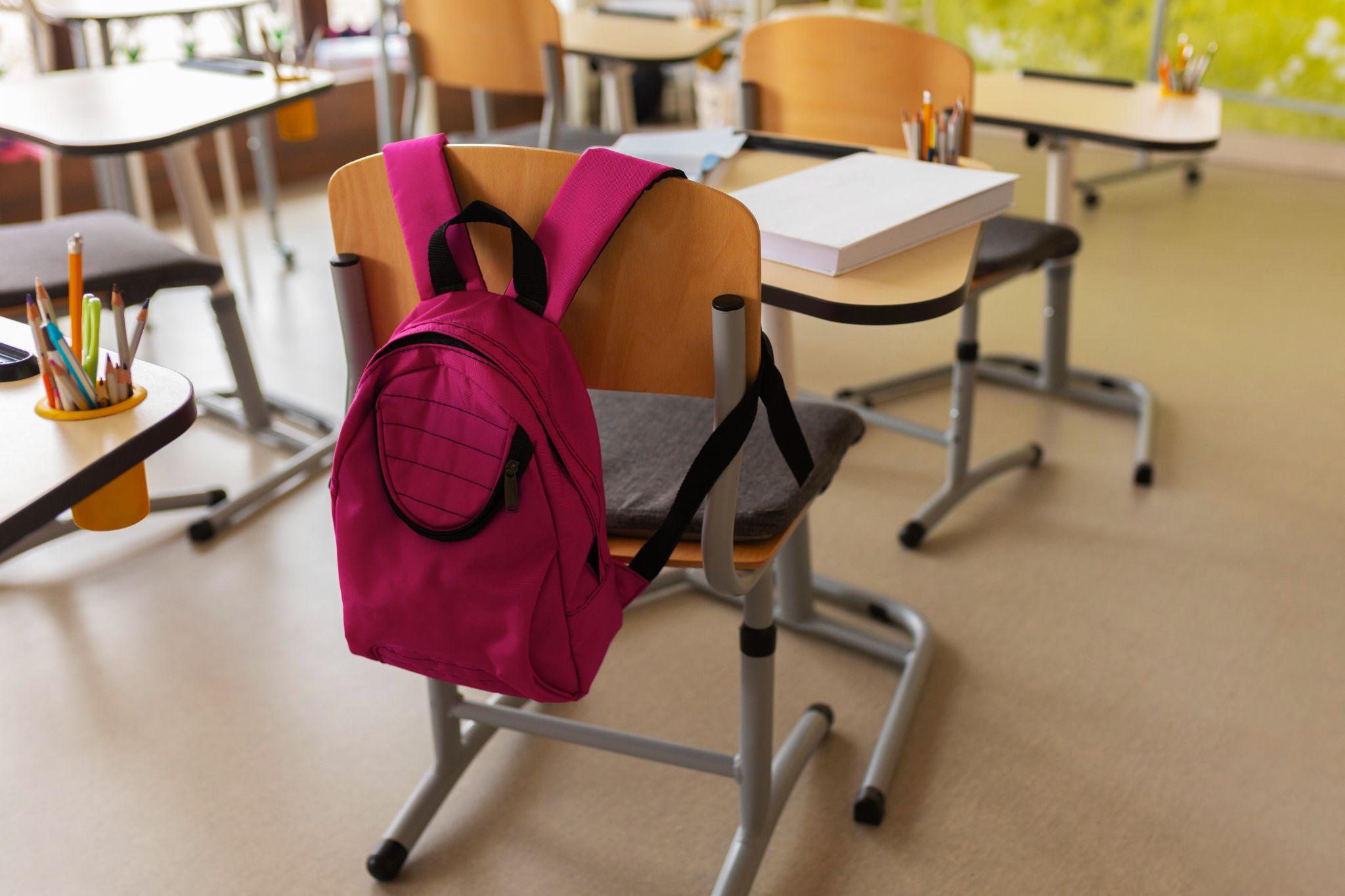In today’s educational landscape, the importance of creating an inclusive and adaptable learning environment cannot be overstated. One of the critical elements contributing to this objective is the thoughtful selection of school chairs. The traditional model of static seating arrangements is rapidly evolving, making way for adjustable chairs and flexible seating options designed to cater to the diverse learning styles and needs of students. This shift not only enhances comfort but also plays a significant role in improving focus and academic performance.

Content
Understanding the Need for Flexibility in Seating
The conventional classroom layout typically consists of rows of desks and chairs, which, while functional, often fails to accommodate the varying preferences and requirements of individual students. Children come into the classroom with diverse physical needs, learning styles, and levels of comfort. For instance, some students may find it challenging to sit still for extended periods, while others may prefer a more structured environment. Recognising these differences is crucial, as it allows educators to foster an inclusive atmosphere that encourages all students to thrive.
By incorporating adjustable chairs, educators can offer a seating solution that can be tailored to meet each student’s needs. These chairs allow for modifications in height, tilt, and back support, enabling students to personalise their seating experience. This adaptability can make a significant difference in how students engage with the learning material and interact with their peers.
The Role of Comfort in Learning
Comfort in the classroom is paramount for fostering an environment conducive to learning. Research has shown that when students are comfortable, they are more likely to focus, participate actively, and retain information. Adjustable school chairs are designed to provide optimal support for students’ physical development. For instance, proper lumbar support can help maintain good posture, which is essential for young learners who are still developing their musculoskeletal systems.
Furthermore, comfort in seating can alleviate distractions. When students are squirming in their seats due to discomfort, it becomes challenging for them to concentrate on lessons. By providing options that allow students to adjust their chairs to their liking, educators can create an environment where students can devote their attention fully to their studies rather than their seating arrangements.
Fostering Inclusivity with Flexible Seating Arrangements
Flexible seating arrangements, alongside adjustable chairs, facilitate a more inclusive classroom environment. Traditional seating often segregates students based on their abilities, learning styles, or behaviours. In contrast, flexible arrangements encourage collaboration and interaction among students of all backgrounds. By allowing students to choose their seating—be it a bean bag, a standing desk, or an adjustable chair—teachers can empower students to take ownership of their learning environment.
Moreover, flexible seating can enhance the classroom dynamic. When students have the freedom to select their seating, they often gravitate towards areas where they feel most comfortable and productive. This choice can foster a sense of belonging and engagement, as students become more invested in their learning. Additionally, group work becomes more natural and fluid when students can move and adjust their seating arrangements to facilitate collaboration.
Enhancing Collaboration and Communication
Adjustable school chairs, combined with flexible seating arrangements, create opportunities for enhanced collaboration among students. When the classroom layout allows for movement and adjustment, it naturally encourages dialogue and teamwork. Students can easily transition between individual tasks and group projects, fostering a spirit of cooperation that is essential in today’s collaborative workforce.
Moreover, the ability to adjust seating allows students to engage in various learning activities, from discussions and debates to hands-on projects. This dynamic environment can help break down barriers between students, promoting communication and camaraderie that enrich the educational experience.
Supporting Diverse Learning Styles
Every student has a unique learning style, and it is crucial for educators to acknowledge and accommodate these differences. Adjustable chairs provide the flexibility necessary to cater to various learning preferences. For instance, kinesthetic learners, who thrive on movement, may benefit from chairs that allow them to rock or swivel, thus enabling them to release energy while remaining engaged in the lesson.
Conversely, visual learners may require seating arrangements that facilitate clear sightlines to instructional materials, such as whiteboards or digital displays. By offering a range of seating options, educators can create an environment that supports different modes of learning, ultimately enhancing student outcomes.
Investing in Quality Adjustable School Chairs
Investing in quality adjustable chairs is essential for maximising the benefits of flexible seating arrangements. It is crucial to select chairs that are not only adjustable but also durable and designed with ergonomic principles in mind. High-quality chairs will withstand the rigours of daily classroom use while providing the necessary support to promote healthy posture.
When selecting chairs, educators should consider features such as adjustable seat height, tilt mechanisms, and back support. It is also vital to involve students in the selection process, allowing them to provide input on their seating preferences. This engagement not only empowers students but also fosters a sense of community within the classroom.
Conclusion
The shift towards adjustable school chairs and flexible seating arrangements marks a significant evolution in the educational experience. By recognising and accommodating the diverse needs of students, educators can create an inclusive environment that promotes comfort, collaboration, and engagement. These innovative seating solutions do more than merely provide a place to sit; they enhance the overall learning experience by supporting diverse learning styles and fostering an atmosphere of respect and belonging.
As classrooms continue to evolve, the focus on customising comfort through adjustable chairs will play a vital role in shaping the future of education. By prioritising student comfort and flexibility, educators can create spaces that inspire and empower learners to achieve their full potential, preparing them for success both in and out of the classroom.

Hi, I’m Dan and I write blogs for businesses. I’ve been doing this since 1994 and have written over 10,000 blog posts (and counting). I love writing about what you’re passionate about and how to make your business successful. So if you want to know more about blogging or social media marketing, just let me know!











